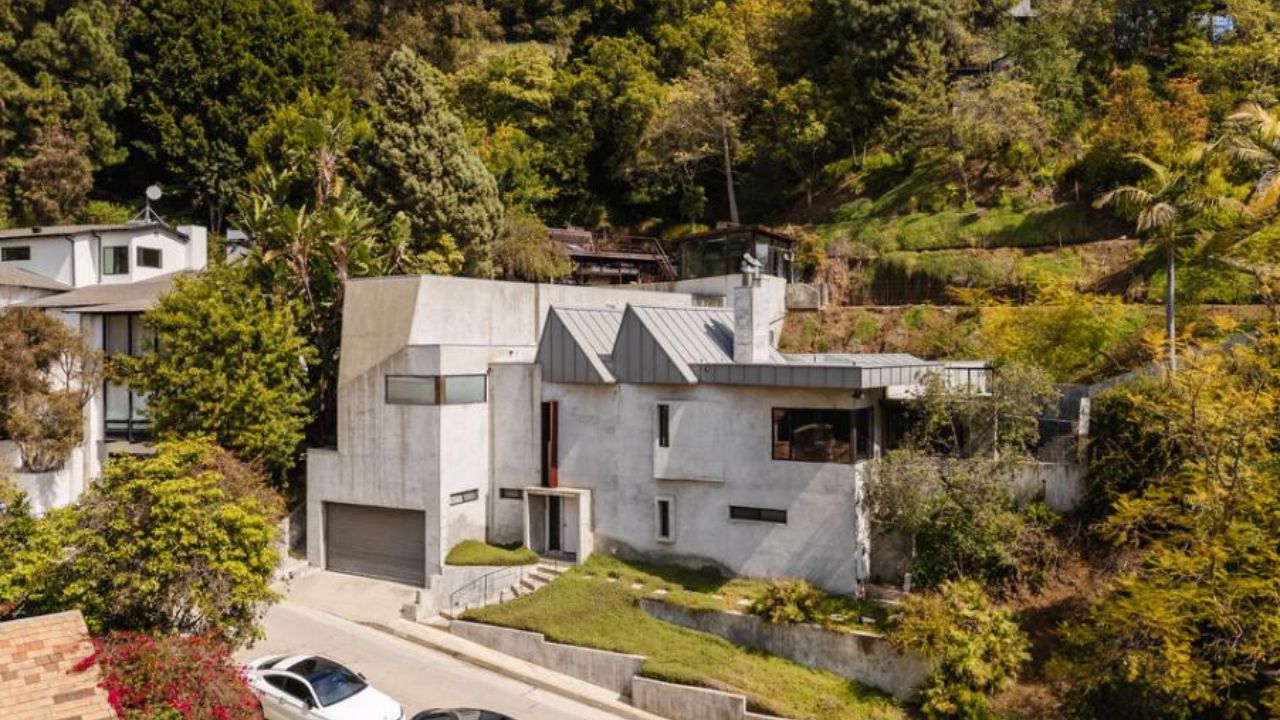The sprawling 2.3-acre hillside estate along Senalda Road served as Lynch’s creative sanctuary and residence for more than three decades, according to the New York Times.
The property features five main structures totalling approximately 11,000 square feet, with 10 bedrooms and 11 bathrooms across multiple buildings.
At the heart of the compound sits the Beverly Johnson House, a midcentury modern residence designed in 1963 by Lloyd Wright, son of legendary architect Frank Lloyd Wright.
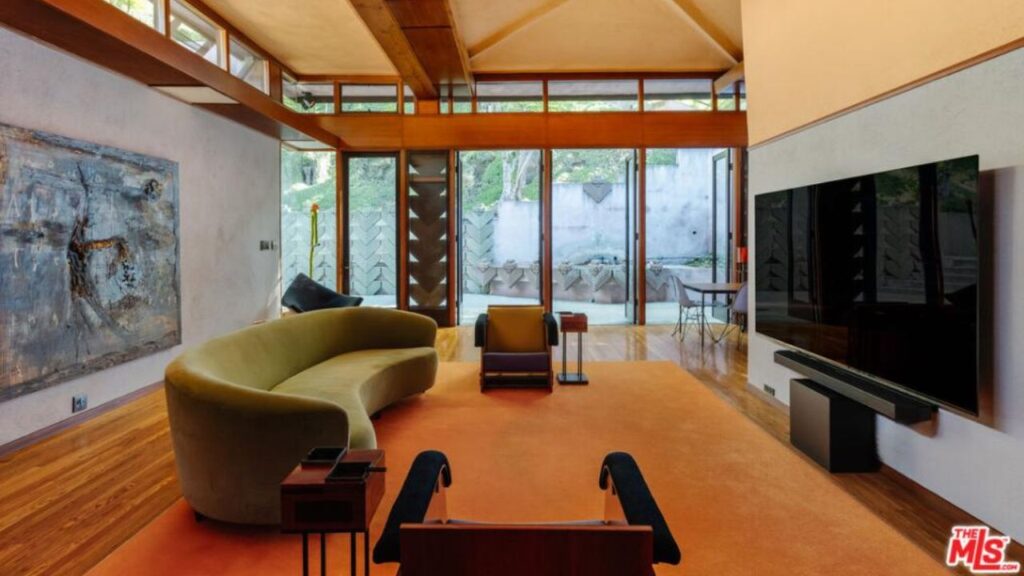
The three-bedroom, two-bathroom home is recognised by Historic Places LA as an “excellent example of Mid-Century Modern/Organic residential architecture.”
The property’s architectural pedigree extends further with additions designed by Eric Lloyd Wright, Frank Lloyd Wright’s grandson, who created a pool and pool house for Lynch in 1991, establishing a rare multi-generational Wright lineage on the site.
Lynch, known for his surreal and dark filmmaking style in works like “Twin Peaks” and “Blue Velvet,” used the compound not just as a home but as a creative workspace.
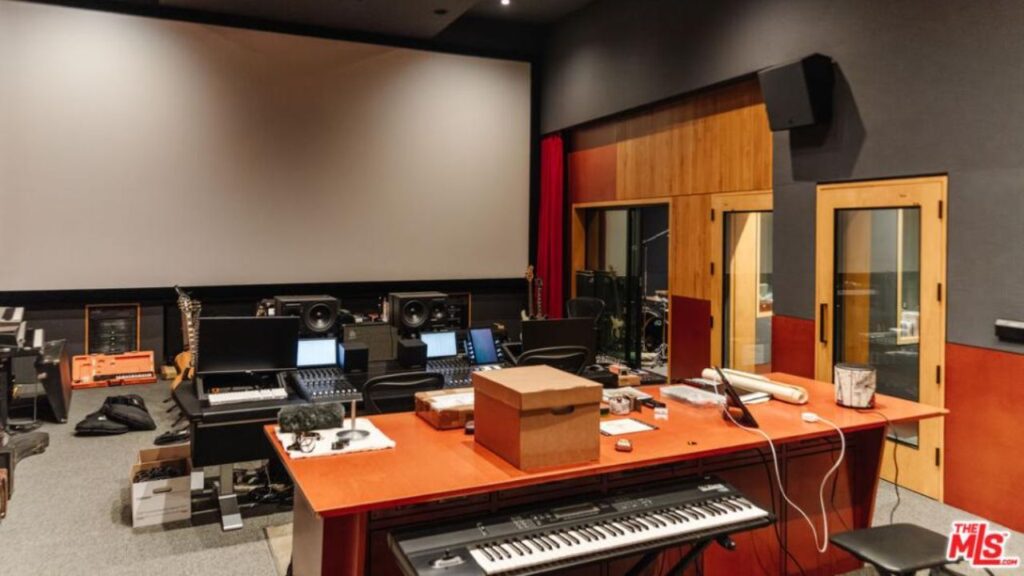
His production company, Asymmetrical Productions, was based at the property, where he edited films including “Mulholland Drive,” which takes its name from a nearby road.
The estate includes two neighbouring residences that Lynch acquired over the years to expand his creative domain.
One of these structures gained cinematic immortality when its exterior appeared in Lynch’s 1997 film “Lost Highway” as the Madison residence.
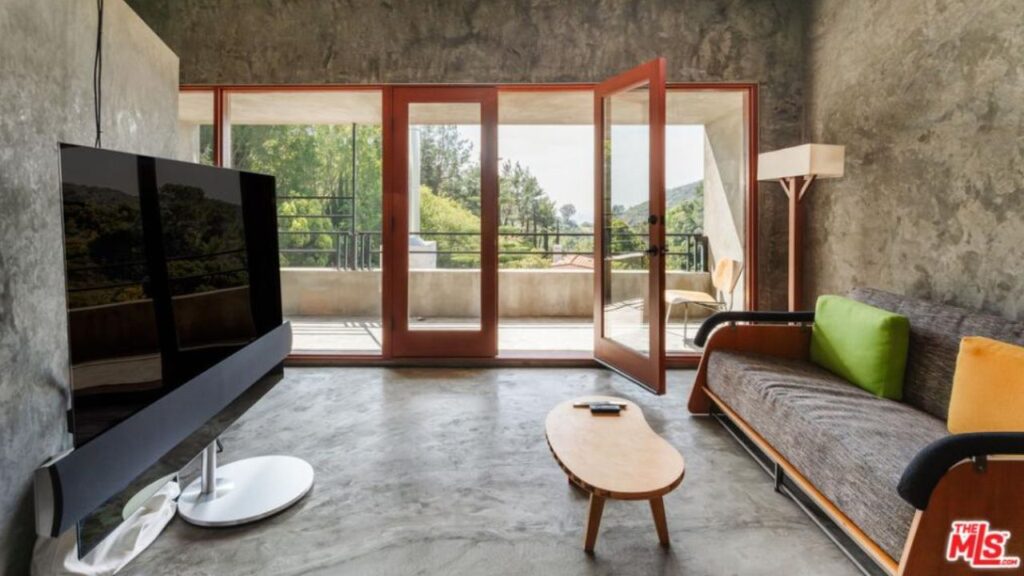
The property combines architectural significance with Hollywood history, offering what listing agent Marc Silver of The Agency describes as “a creative sanctuary and architectural landmark offered with a provenance unlike any other in Los Angeles.”
Lynch transformed the property into a cohesive compound by adding several custom-designed structures, including a two-story guesthouse and a unique one-bedroom living space finished in his preferred smooth grey plaster.
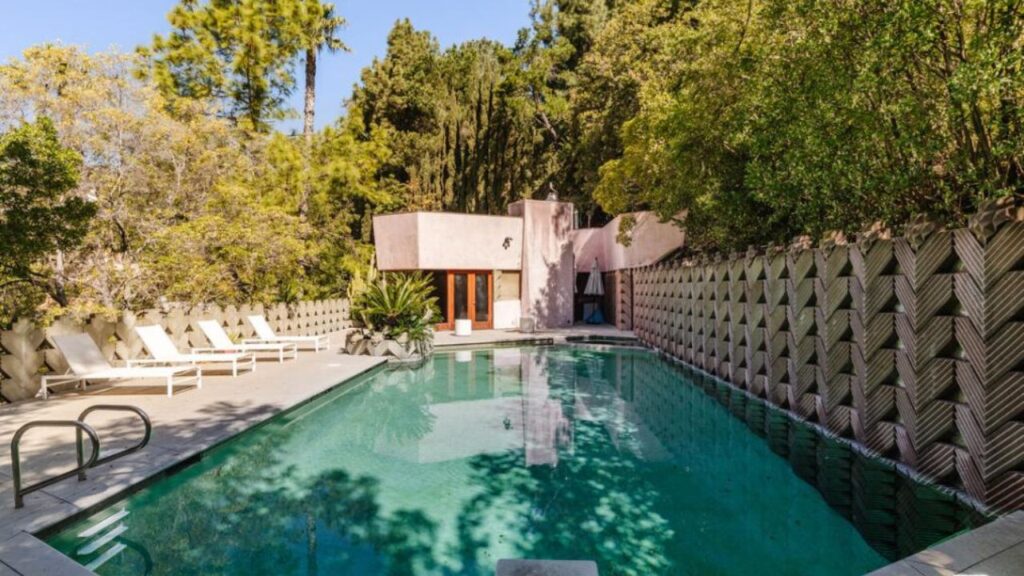
The filmmaker’s artistic influence is evident throughout the estate, which spans five contiguous parcels and features bold geometric designs, walls of glass, and seamless indoor-outdoor flow characteristic of hillside modernism.

